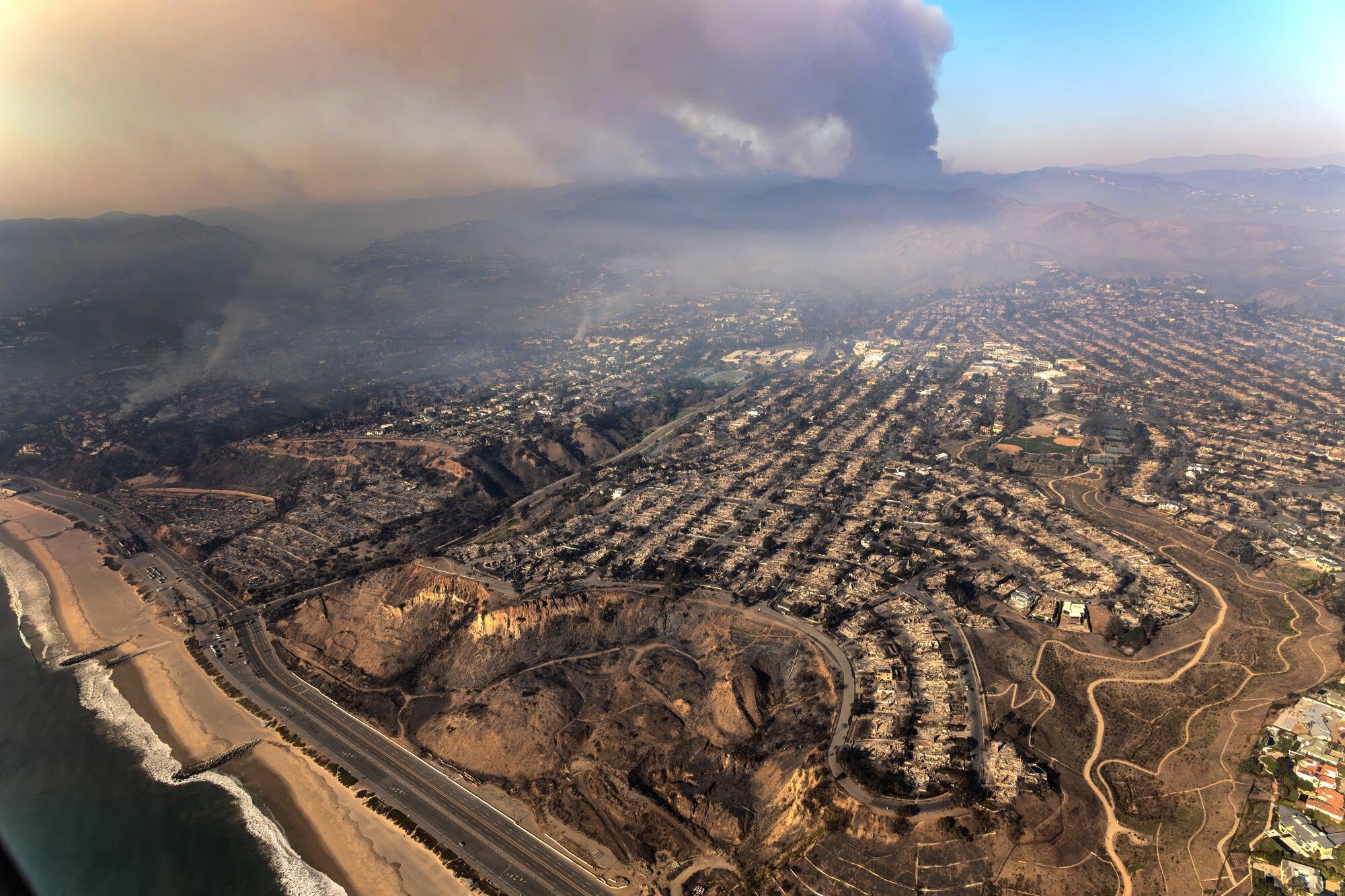
Restoring Soil, Water & Life After Wildfires
Healing Southern California Together
sTRATEGIES FOR bIOREMEDIATION OF fIRE imPACTED sites in SOCAL WEBINAR
our mission
The SoCal Post-Fire Bioremediation Coalition is a collective of scientists, mycologists, environmental advocates, and community organizers working together to heal fire-impacted landscapes in Los Angeles, Altadena and surrounding Southern California regions. Through innovative bioremediation, we aim to restore soil health, mitigate toxic runoff and create a model for sustainable wildfire recovery that benefits both communities and ecosystems.
Wildfires are increasing in frequency and severity across California, leaving behind toxic ash, contaminated soil, and degraded ecosystems. Conventional post-fire recovery methods often rely on costly, industrial-scale debris removal that doesn’t address long-term soil health or contamination risks. Our coalition is dedicated to deploying nature-based solutions that stabilize burned landscapes while promoting ecological restoration and community resilience.
Exploring
Bioremediation
-
Myco-Wattles: Fungal-Based Erosion Control & Toxin Immobilization
Myco-Wattles are erosion control structures infused with mycelium to stabilize soil, prevent runoff, and break down harmful contaminants. By leveraging fungi’s natural filtration and remediation properties, these wattles help reduce erosion and improve ecosystem recovery after wildfires.

-
Soil Bioremediation: Mycoremediation & Phytoremediation
Soil bioremediation integrates mycoremediation (using fungi) and phytoremediation (using plants) to restore contaminated and degraded soil. Fungi help break down toxins and bind heavy metals, while plants absorb and filter pollutants, creating healthier soil and supporting long-term ecosystem recovery.

-
Biome Logs for Ecological Regeneration to Reduce Future Fire Risks
The Biome Logs methodology is an emerging fuels mitigation technique that has numerous potential co-benefits for human and ecological communities. This project investigates the use of microbial inoculation of various sizes of organic matter to enhance soil moisture retention, sequester carbon and speed rates of decomposition and nutrient recycling, increasing soil health, mitigating toxic metals and fostering plant and microbial community recovery in post-fire landscapes.


